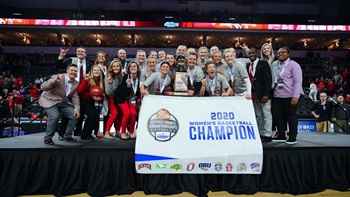Analysis Finds College Degrees Deliver Immense Return on Investment
Research conducted by the South Dakota Board of Regents sought to better quantify the long-term economic payoff of attending college in South Dakota or in one of its neighboring states. The analysis was presented this week to the regents at their annual planning session in Pierre.
Even after netting out the costs to pursue higher education and time spent in school rather than in the labor force, a bachelor’s degree holder in this region will earn an average $726,363 more over a lifetime than those with no college degree, for a 13:1 return on investment. Across all degree levels, “return on investment” ratios ranged from a 10:1 return for master’s degree holders up to a 14:1 return for those with doctoral degrees.
“This study also confirmed for us that as degree attainment rises, so too does a state’s per capita income and state and local tax revenues,” said Mike Rush, the regents’ executive director and CEO. “These findings clearly reinforced a positive relationship between higher education and a state’s economic prosperity.
“Higher levels of education translate into tremendous benefits for our state as a whole – less welfare, better health and improved retirement, less crime, more charitable giving, and increased voter participation and civic engagement,” Rush said. “Many refer to this as the public good of higher education.”
The report noted the “financial ‘returns’ from holding a post-secondary degree flow not only from higher earnings, but also from better employability.” Census data indicated a South Dakota worker with a bachelor’s degree or higher experienced an unemployment rate of only 1.6 percent in 2014, while the unemployment rate for workers with a high school diploma or less was nearly three times higher at 4.5 percent.
Studies conducted by Georgetown University also confirmed that college-educated workers fared vastly better during the recent economic recession and subsequent recovery. Georgetown’s analysis showed 75 percent of the 11.6 million jobs created during the economic recovery have gone to workers with a bachelor’s degree or higher. Only 80,000 of the 5.6 million jobs held by high school graduates that were lost during the recession have been replaced.
The Return on Investment Analysis can be found online.


